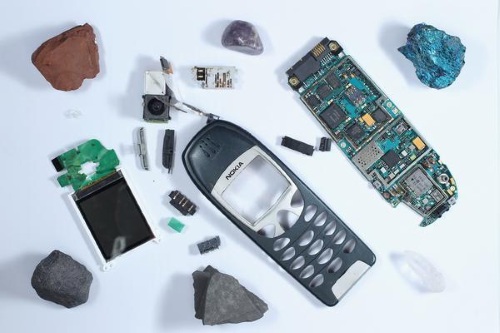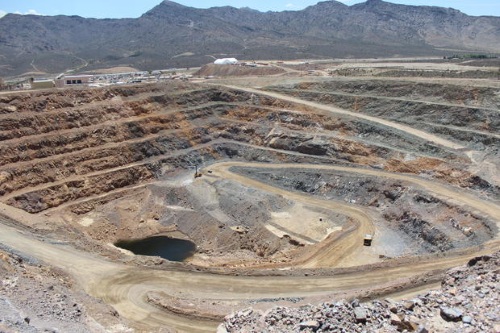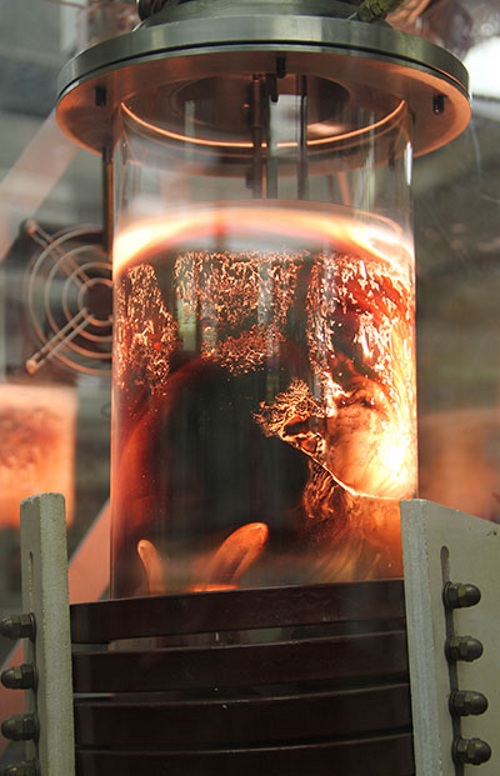Most gadget-owning people in the world today are unaware of the fact that there within their pockets, work bags, on the kitchen counter, is a device chock full of rare, highly valuable earth metals.

These materials are important ingredients to modern technologies, and can be found in everything from cell phones to hard disk drives, TVs, and more.
Unfortunately, the life cycle of modern-day electronics is much shorter than what it used to be, which results in these devices getting thrown out much, much sooner, and without so much as a second thought about all the valuable metal contained within it.
Per the Environmental Protection Agency, US consumers alone disposed of some 3.4 million tons of electronics waste in 2012. That’s a lot of junk to disperse — it’s also a lot of rare-earth metal to mine for the new devices replacing their dated counterparts, which is not only difficult to extract from the earth, but also costly to dig up.

The obvious solution is to recycle the rare earth metals from the old gadgets, and re-use them in tomorrow’s devices. Unfortunately, though, it’s not that easy.
“Recycling rare-earth metals out of consumer waste is problematic, and there are multiple obstacles in the entire chain from manufacturing to collection infrastructure to sorting and processing,” said Ryan Ott, a scientist at the Critical Materials Institute (CMI). “We're looking at ways to make the processing part of that chain — removing the rare-earths from scrap magnet material — better.”
Drawing on previous work done at the Ames Laboratory, Ott and his fellow CMI researchers developed a two-stage liquid metal extraction process that uses differences between the solubility properties of different elements to separate out rare-earth metals.
To start, scrap metals are melted with magnesium. This is because the lighter atomic weight rare earths will bind with the magnesium and leave the other materials behind. The rare earth materials can then be recovered from the magnesium through vacuum distillation.
 Magnesium is melted with magnetic scrap in an induction furnace.
Magnesium is melted with magnetic scrap in an induction furnace.
“Magnesium has good solubility with rare-earths, particularly with neodymium, and poor solubility with the other components of magnets, like iron and boron,” Ott noted.
In the second step, another material is used to bind with and extract the heavier atomic weight rare earths, like dysprosium.
This step, in particular, was the important breakthrough.
“Extraction of the heavier rare earths was always the difficulty of this process, and those materials are the most valuable,” Ott explained. “So finding a way to do that successfully was the key to making it more economically viable as a large-scale recycling method.”
Industry experts believe that the development of a more economical recycling method that reduces the waste of rare-earth materials will, in large part, boost US manufacturing competitiveness and energy security. It will also help contribute to the development of such future, eco-friendly technologies like electric vehicles, wind turbines, and energy-efficient lighting.
Learn more about how much precious metal is in your smartphone.
Via Ames Laboratory
Advertisement
Learn more about Electronic Products Magazine





